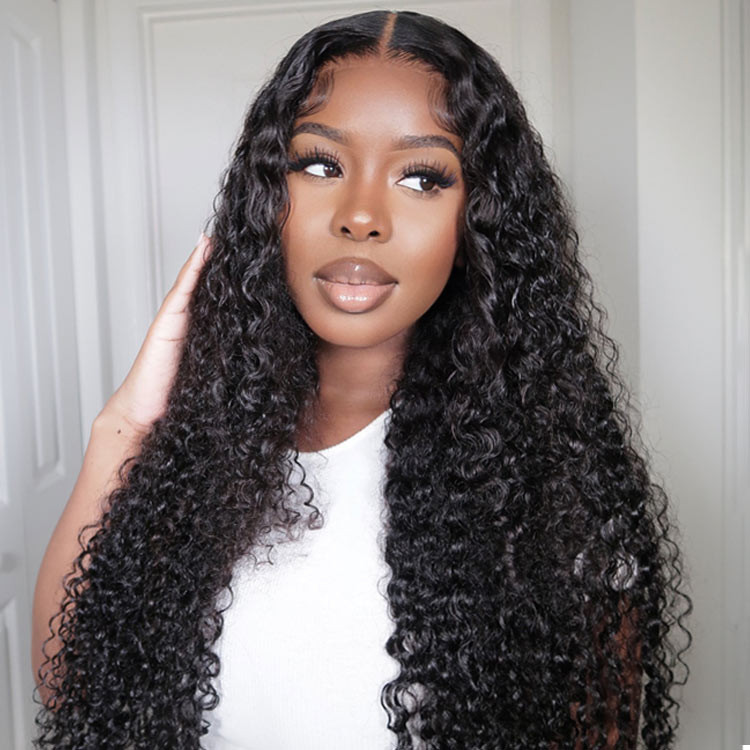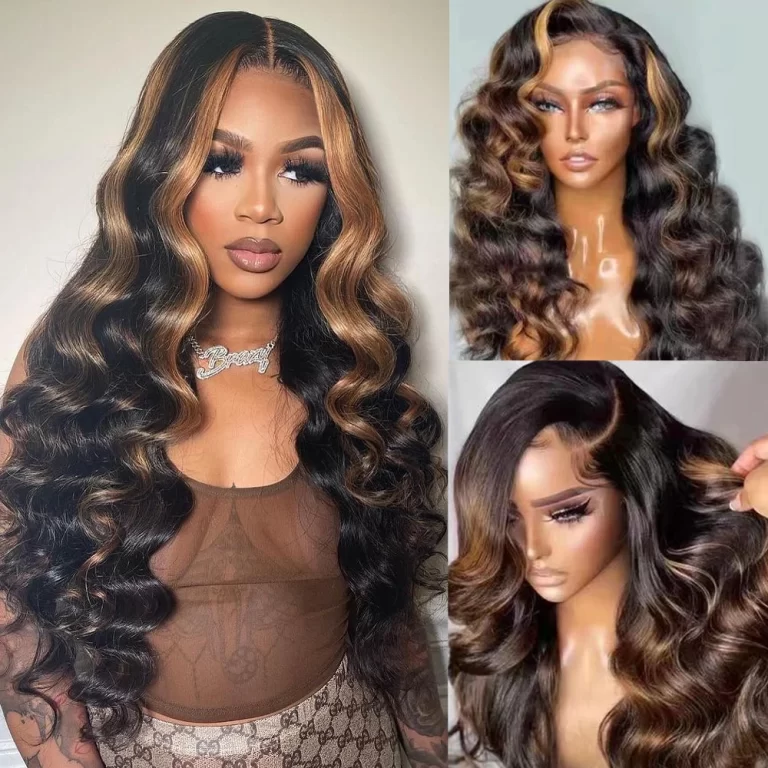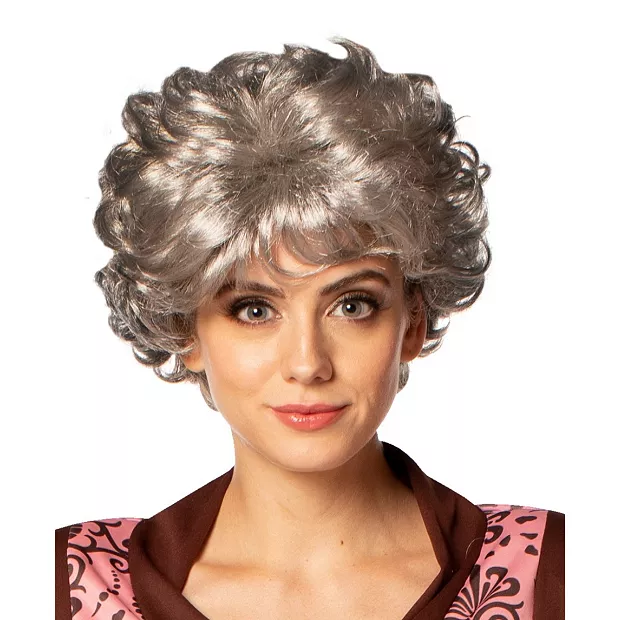
Reviving the Powdered Wig: Powdered Wigs and Their Role
The Historical Significance of Powdered Wigs
The powdered wig, also known as the peruke, was much more than hair fashion. In the 17th and 18th centuries, it symbolized status and wealth. These wigs were often white and highly styled, made from horse, goat, or human hair. They became popular when kings like Louis XIV of France began to lose his hair and adopted the wig as a regal cover-up. Soon, not only French nobility but also English and other European aristocrats followed suit.
Back then, the size and elaborateness of powdered wigs could indicate one’s social standing. The bigger and more lavish the wig, the higher the wearer’s status. It was a time when appearances were very telling of one’s place in society, and the powdered wig served as an unmistakable marker. Lawyers, judges, and other officials also wore these wigs as part of their formal attire, cementing its link to positions of power.
Moreover, the wigs served a practical purpose. They covered up baldness, which was often a sign of syphilis – a common and stigmatized disease at the time. They would also mask the smell of unwashed hair. At that time, regular bathing was not the norm, which made the scented powder used on the wigs quite functional. In essence, powdered wigs transcended mere fashion and became entrenched in the cultural and social norms of the period.

Why the Powdered Wig Fell Out of Fashion
The powdered wig era came to an end for several reasons. Changing fashion tastes played a significant role. As the 19th century approached, people began to prefer a more natural look. They saw large, elaborate wigs as outdated. The French Revolution also contributed to the decline. During this period, symbols of aristocracy, such as powdered wigs, became targets for criticism and ridicule.
Cost was another factor. Powdered wigs were expensive to make and maintain. With an increasing inclination towards frugality and simplicity, spending large amounts of money on wigs seemed excessive. On top of this, taxes imposed on hair powder further discouraged their use.
Health and hygiene advancements also led to the fall of the powdered wig. With better understanding of diseases and hygiene, the need for wigs to cover baldness or foul odors lessened. Finally, wigs were simply not practical. They required extensive time and effort to style and were uncomfortable to wear. All these factors combined to make powdered wigs a relic of the past.

Powdered Wigs in Modern Entertainment: Film and Theater
While powdered wigs are not part of everyday fashion, they still shine on stage and screen. In film and theater, these wigs transport audiences back in time. They offer a visual cue to the period being portrayed and add depth to the characterization. Historical dramas and biographical films particularly depend on this. They aim to recreate the look and feel of a bygone era accurately.
In theater, the powdered wig is essential for period pieces. When actors don powdered wigs, they help the audience suspend disbelief. The wigs contribute to the authenticity of the setting. This is true for plays set in the Renaissance all the way up to the early American period. Famous examples include productions of ‘Amadeus’ or ‘Hamilton’. In these shows, wigs play a key role in defining the characters and the time.
Cinematic use of powdered wigs is equally impressive. Movies like ‘The Favourite’, ‘Marie Antoinette’, or ‘Pirates of the Caribbean’ feature wigs prominently. They do this to create compelling and believable worlds. Powdered wigs help actors embody legendary figures such as monarchs and pirates. This transformation aids the audience’s immersion into the story being told.
The skill of wig makers and stylists becomes critical in these settings. They craft and shape these wigs to meet the demands of high definition cameras and live audiences. The craft involves selecting the right hair, styling it, and applying powder to achieve the iconic look.
In all, the powdered wig remains a powerful tool in entertainment. It bridges the gap between past and present, adding layers of realism to fictional portrayals. As we watch the characters come to life, we get a glimpse of the fashion that once symbolized status and power.

The Powdered Wig as a Fashion Statement Today
In modern times, the powdered wig has made a surprising return, more as a statement than a trend. Its resurgence often carries a sense of irony or theatrical flair. Fashion-forward individuals and performance artists sometimes sport powdered wigs for special events or to make a bold statement. At costume parties, gala events, or in avant-garde fashion shows, powdered wigs provide a dramatic touch that stands out.
Despite its historic connotations, the powdered wig remains adaptable. Modern adaptations vary greatly, from faithful reproductions to contemporary reinterpretations with colorful twists. At times, these wigs are less about mimicking the past and more about creating an artistic expression. Designers infuse these wigs with vibrant colors and patterns, mixing the old with the new.
Moreover, the influence of social media cannot be overstated. Influencers and fashion bloggers embrace the powdered wig to capture the audience’s attention. They use the wig’s historical drama to craft striking images and content. This social media trend can sometimes drive a mini-revival in the curiosity and appreciation for antique styles.
In essence, while powdered wigs may not be mainstream, their unique charm and historical roots offer inspiration. They give people a way to connect with history in a playful and expressive fashion. The powdered wig, once a symbol of social status, has now become a versatile accessory for artistic and cultural expression.
Steps to Styling a Modern Powdered Wig
Styling a modern powdered wig can be a fun way to connect with history. Here are the steps to get you started on creating your modern twist on this classic piece.
Choose the Right Base Wig: Select a wig that fits well and resembles the shape of traditional powdered wigs. Comfort is key.
Apply the Powder: Use a talcum or white cosmetic powder. A large makeup brush can help distribute it evenly across the wig.
Style the Wig: Aim for historical accuracy or, for a modern spin, add braids or curls. Use styling products sparingly.
Accessorize: Add ribbons or flowers for a contemporary touch. Be creative and make it your own.
Secure the Wig: Use wig pins or tape to ensure the wig stays in place, especially if you’ll be wearing it for an extended period.
Practice: Styling takes time to perfect. Practice before your event to ensure a polished look.
Remember to integrate the keyword ‘powdered wig’ two or three times for SEO optimization while keeping the overall text fluent and engaging. The modern take on the powdered wig allows for versatility and personal expression, making it a unique fashion statement that pays homage to its historical roots.
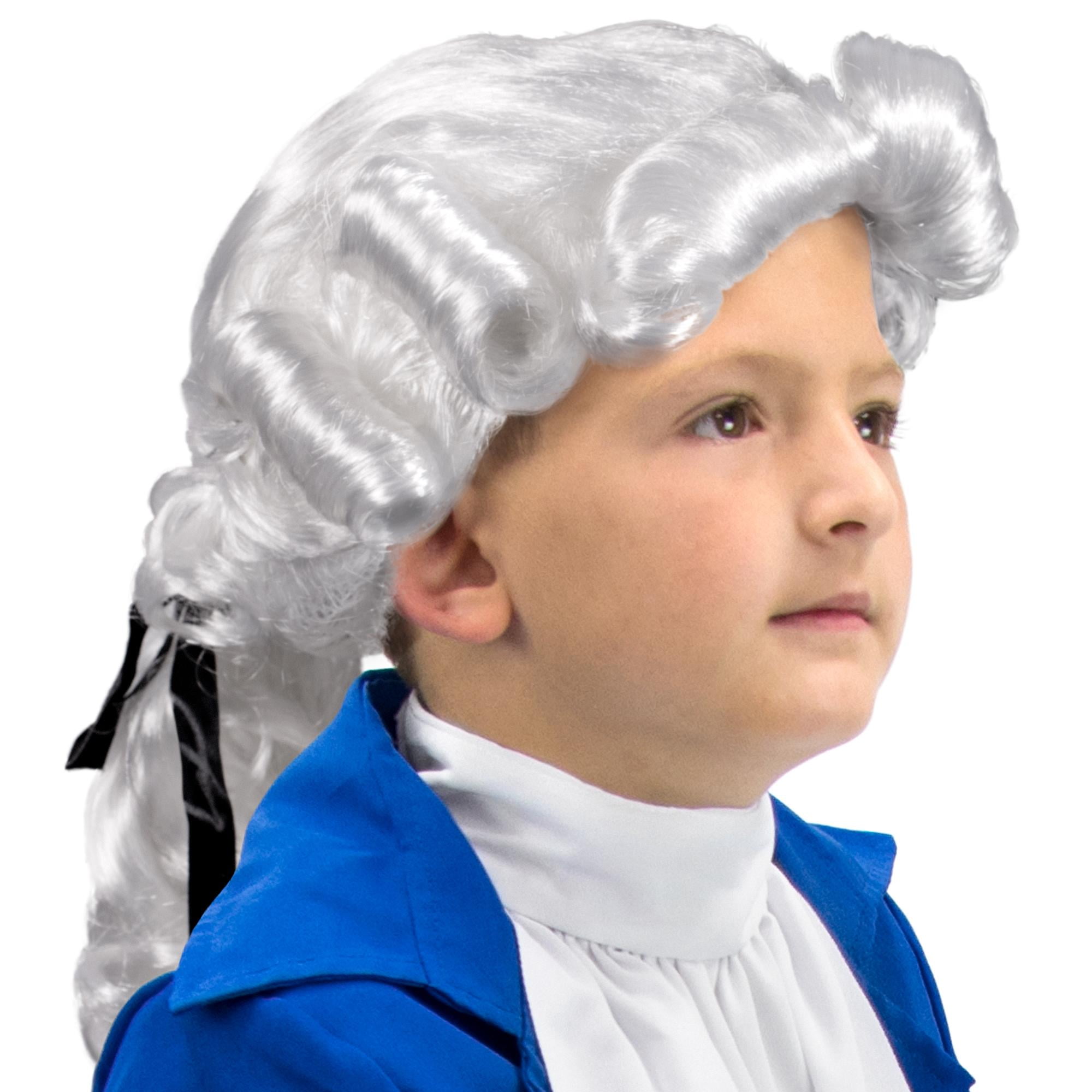
Cultural and Legal Significance of Wigs in the 21st Century
Wigs, including the powdered wig, hold a strong cultural and legal presence today. In some legal spheres, like the British judiciary or certain Commonwealth nations, wigs are still worn. It’s a tradition that echoes the past. Judges and barristers don powdered wigs in courtrooms, upholding a centuries-old custom. This practice is more than mere pageantry; it symbolizes a connection to legal history. It represents fairness, wisdom, and continuity in law.
Beyond formal legal settings, wigs carry cultural weight. They serve as tools for education and storytelling. In museums, reenactments, or educational events, powdered wigs help illustrate historical narratives. They can make learning about the past engaging and visually impactful. Wigs also show respect for history. They acknowledge the ways past figures shaped society.
The powdered wig, specifically, is a bridge to the 17th and 18th centuries. While its role has changed, the significance remains. When worn today, the powdered wig is not just a fashion relic. It’s a nod to the governance and influence of a bygone era. It shows an appreciation for the evolution of society and law.
Overall, the cultural and legal import of wigs in modern times is clear. They are more than just hairpieces. They are symbols of a legacy of legal traditions and a tool for cultural engagement.
Maintenance and Care for Your Powdered Wig
Owning a powdered wig calls for specific care routines to maintain its elegant appearance. With the right methods, you can ensure your wig stays in prime condition, whether for occasional wear or regular displays in reenactments or performances.
Handle With Care: Always touch your powdered wig gently. The fibers, whether natural or synthetic, can become frayed or damaged with rough handling. When not in use, rest it on a wig stand to retain its shape.
Cleaning: After each use, clean your wig gently. You can dust off the powder with a soft brush. If it needs washing, use a mild shampoo and cool water. Avoid scrubbing the wig to prevent tangling.
Re-Powdering: Apply a fresh coat of talcum or wig powder after cleaning and drying. Use a makeup brush to distribute the powder lightly and evenly.
Storage: Keep your wig in a cool, dry place. Direct sunlight or damp areas can harm the wig’s material. A wig box or a silk bag offers protection from dust and pests.
Avoid Heat: Keep your powdered wig away from high heat sources, such as hair dryers or straighteners. Decades ago, these wigs were heat-resistant, but contemporary ones may not withstand the heat.
Regular Check: Examine your wig for signs of wear or damage. Repair loose strands or split ends promptly. This will extend the wig’s life.
By following these steps, your powdered wig will stand the test of time. It can continue to make bold fashion statements or to bring historical accuracy to life.
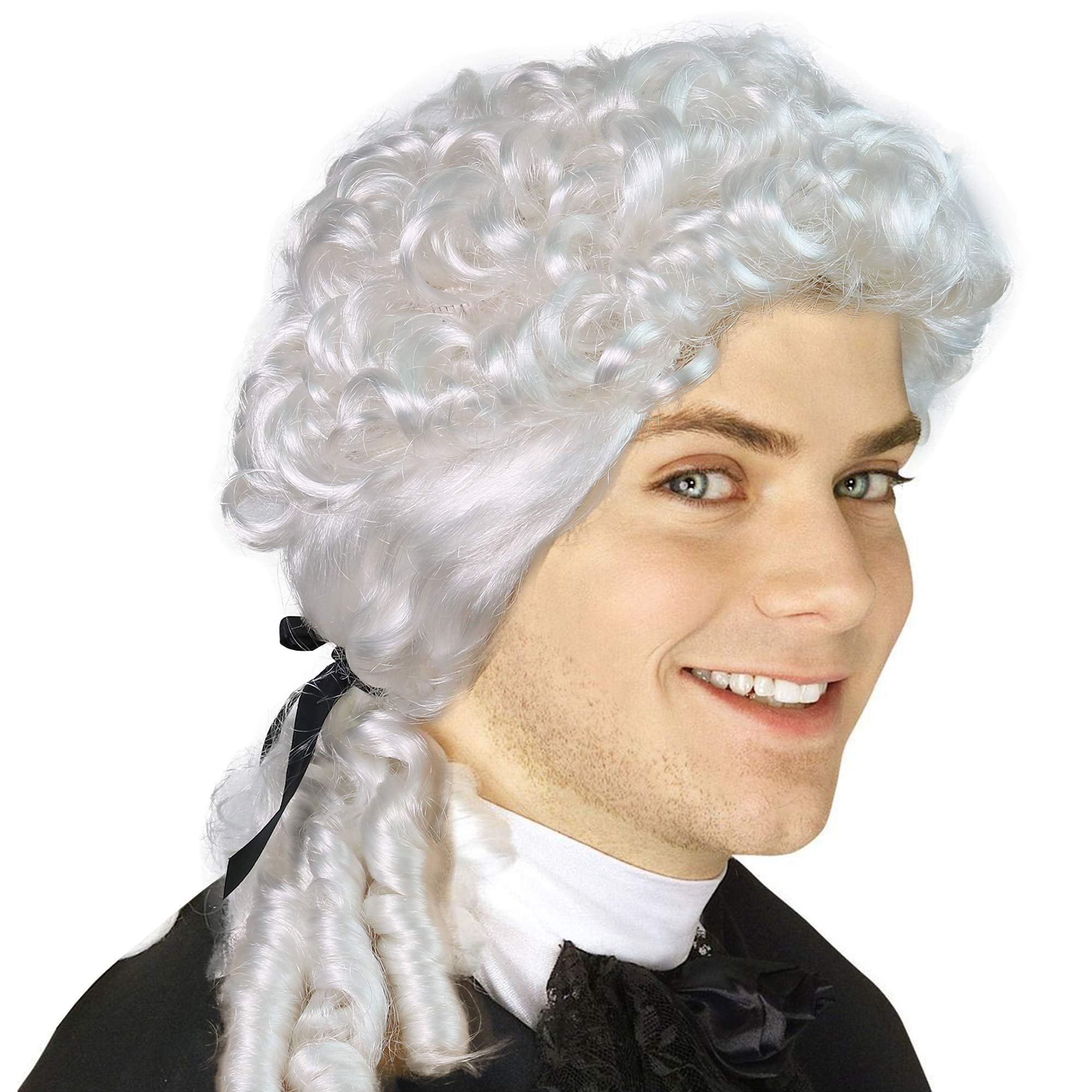
Powdered Wigs and Their Role in Historical Reenactments
Powdered wigs are not just museum pieces. They play a vital role in historical reenactments. Actors and enthusiasts wear them to bring authenticity to their portrayals. These events range from small local gatherings to large, organized festivals. Powdered wigs help participants embody historical figures and transport audiences back in time. They are key in creating a true-to-life atmosphere, making the past tangible for spectators.
In educational settings, powdered wigs serve as visual aids. They enhance the storytelling of historical events. Teachers and historians don them to engage students more deeply. This tactile approach to history sparks curiosity and aids memory.
Reenactors take pride in accuracy. They research thoroughly to mimic the styles of the era they represent. Every detail, from the wig’s material to its style and powder, is crafted to be period-appropriate. The time and effort put into these recreations honor the past. They also educate the public about historical fashion and social customs.
During these reenactments, the powdered wig is more than just hair. It’s a symbol of the era’s culture, politics, and class structure. It transforms the wearer and enriches the reenactment for everyone involved. The powdered wig’s impact on historical reenactments is profound. It brings depth to the portrayal of historical figures and eras.
Participants often follow similar steps outlined earlier for maintaining their powdered wigs. They ensure these prized pieces are well-preserved for future events. With proper care, powdered wigs continue to play their part in making history come alive.
